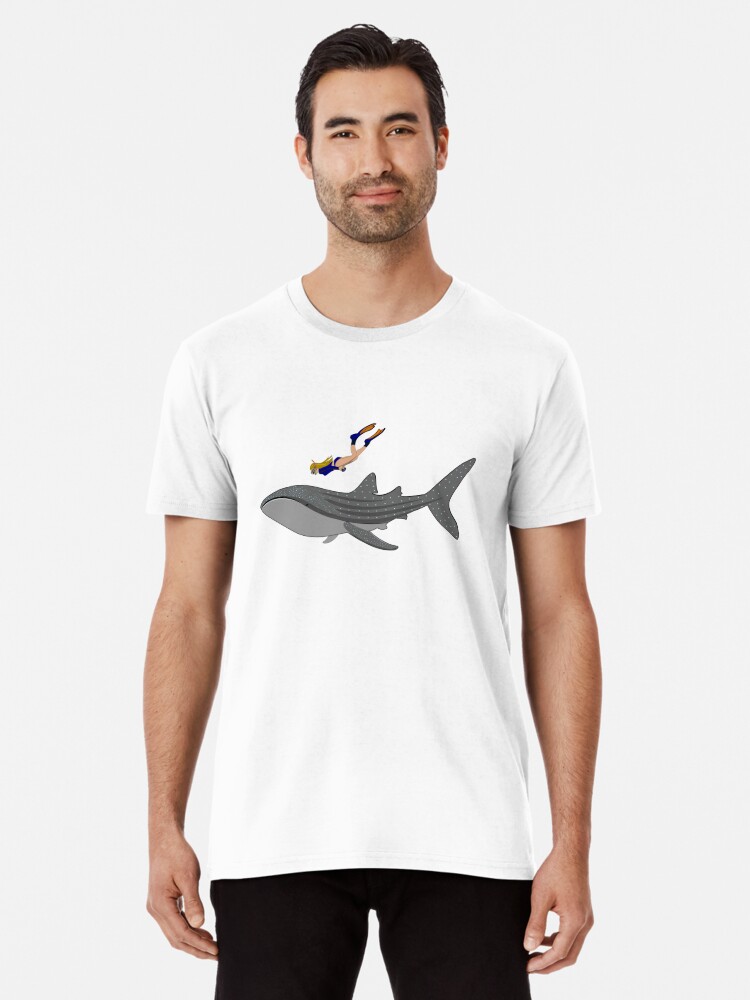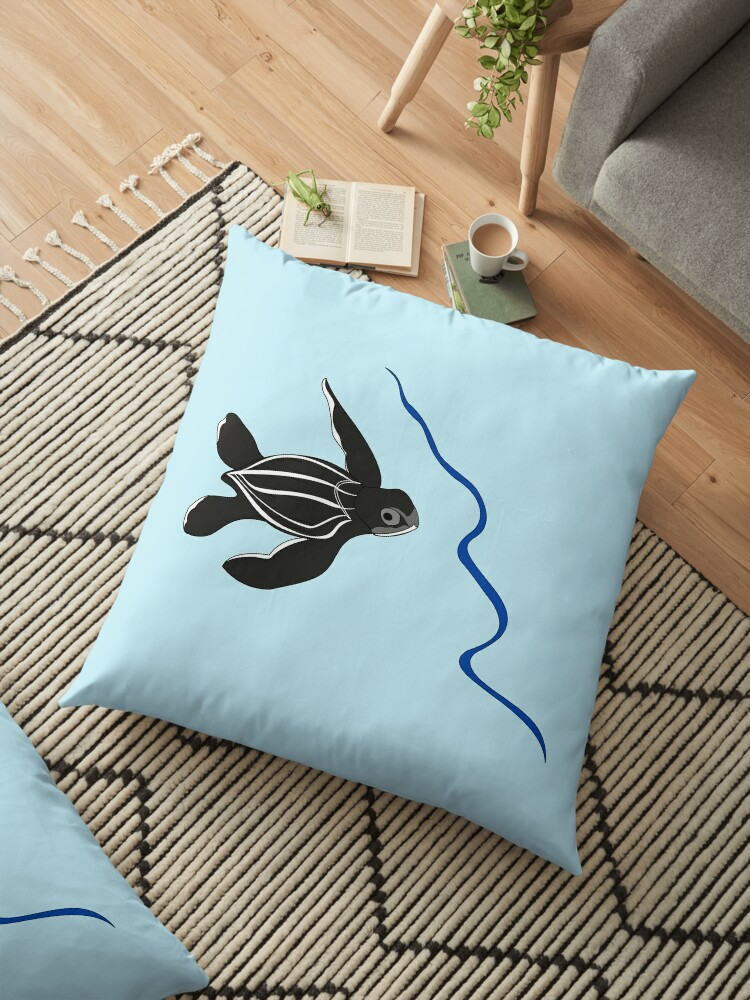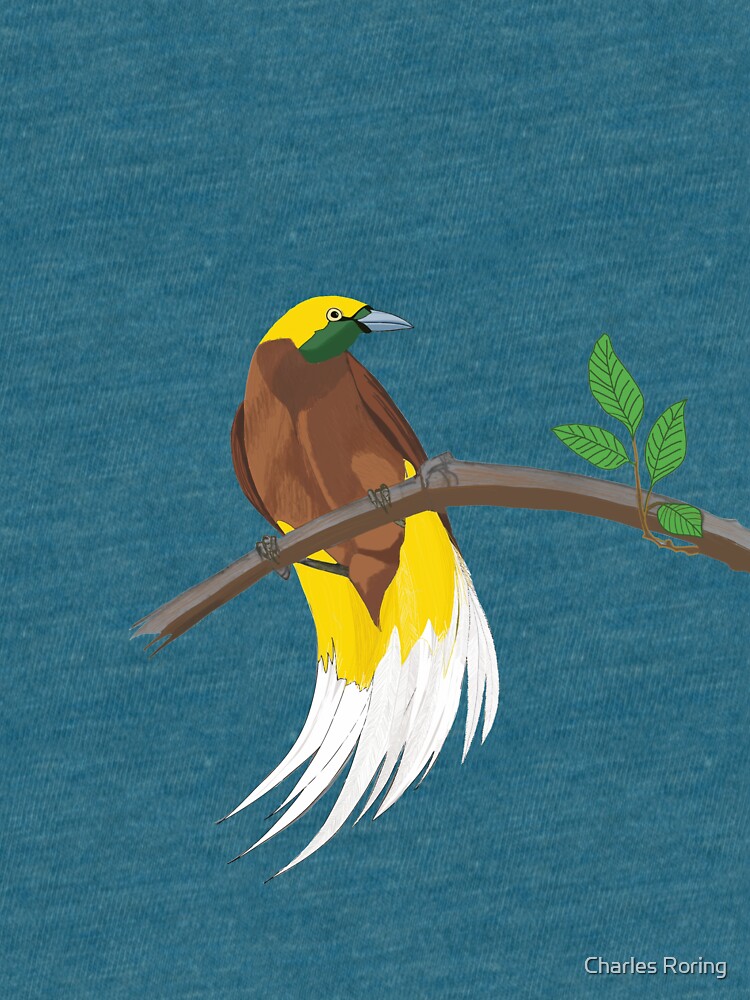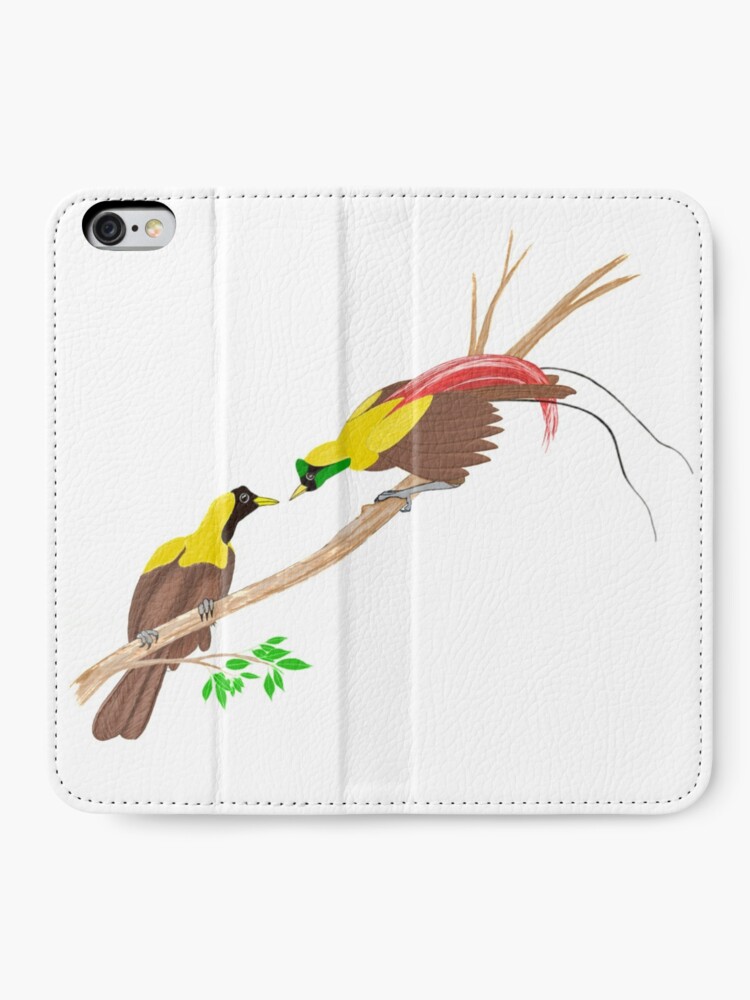 |
| Palm Cockatoo in Tambrauw mountains |
As a tourist guide, I offer tours for tourists who are interested in watching tropical birds and other wild animals that live in the forest of Tambrauw mountains. The duration of the tour is at least 4 days to 1 week. During the tour, visitors can watch such birds as Singing Starling, Pacific Swallow, Sunbird, and Frigatebird in the coastal area to Lesser Birds of Paradise, King Birds of Paradise, Magnificent Riflebird, Palm Cockatoo, Sulphur-crested Cockatoo, Eclectus Parrot, Large Fig Parrot, Double-eyed Fig Parrot, and Mimic Meliphaga in the montane forest of the regency.
Tambrauw mountains are the natural habitat of deer, cuscus possum, cassowary bird, wild pigs, snakes, and a lot of butterflies.
 |
| Singing Starling at the beach of Tambrauw |
I suggest that visitors bring a good pair of 10×42 mm binoculars, spotting scope, and laser pointer, sound player for bird sounds and field guide book: Birds of New Guinea by Thane K. Pratt and Bruce Beehler.
The trails in Tambrauw are clean and suitable for young as well as elderly tourists. To visit the forest, tourists need to go by 4wd car from Sorong city. The carrying capacity of the car is 4 people.
I have organized numerous trips to Tambrauw for solo travelers and visitors traveling in a group of 3 to 8 participants. We explored both the coastal and the mountaineous region of Tambrauw. Sometimes, we go to remote places where there are no guesthouses for tourists. To handle this type of tours, I have to bring tents, mattrasses, pillows, cooking and eating utensils, and rechargeable lights.
 |
| Mimic Meliphaga |
This adventure birding trip to Tambrauw can be combined with tours to coastal area of the regency where visitors could enjoy swimming, snorkeling and fishing at the beach. The coral reef of Tambrauw is the natural habitat of humphead wrasse, striped surgeonfish, moorish idol, anemonefish, butterflyfish, boxfish, and a lot of marine creatures. Visitors need to bring their own snorkeling devices, and underwater camera if they want to see the marine life of Tambrauw.
If you are interested in traveling to Tambrauw range, please, contact me by email to: peace4wp@gmail.com or send text message to my whatsapp: +6281332245180.
Please, also support our works in the preservation of rainforest and marine environment as well as empowerment of local people by buying some of our merchandise (t-shirt, mugs, spiral note book, iPhone case/ skin) at the following link:
Frigatebird Flying Free















